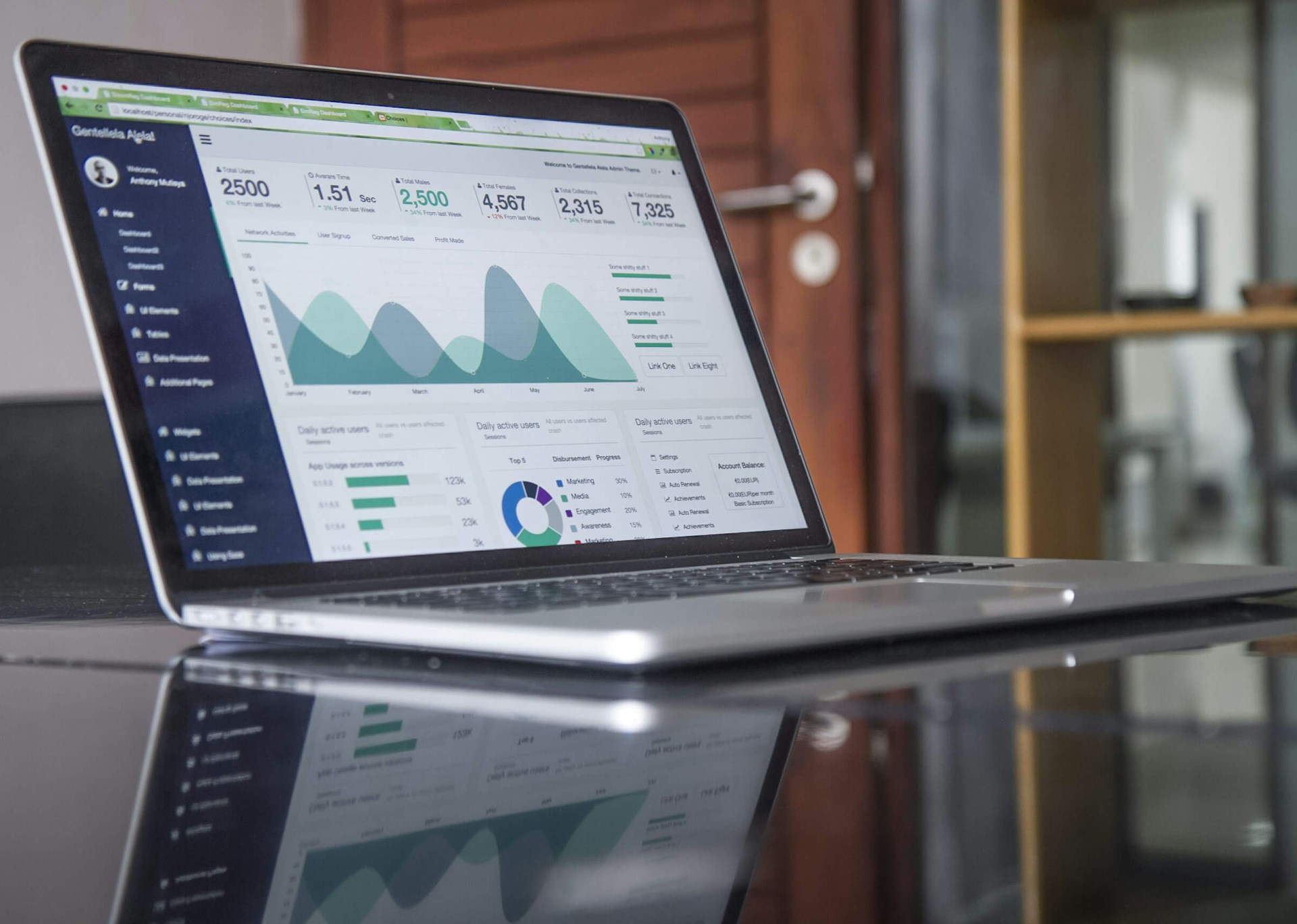Digital Advertising Is Changing Rapidly
Advertising is no longer about clever slogans and expensive Super Bowl commercials. The game has changed. Artificial Intelligence (AI) and Machine Learning (ML) are rewriting the rules, turning traditional advertising into a data-driven, hyper-personalized, and ruthlessly efficient machine. If you’re not leveraging AI in your marketing strategy, you’re already behind.
The AI Takeover in Advertising
AI and ML are fundamentally altering every aspect of advertising, from audience targeting to creative optimization. Forget broad demographic assumptions—AI digs deep, analyzing individual behaviors and predicting what consumers want before they even know it themselves. It’s not just about automating tasks; AI is making advertising smarter, faster, and more effective.
1. Hyper-Personalization: Ads That Read Your Mind
Gone are the days of generic banner ads that no one clicks on. AI enables advertisers to create highly personalized experiences tailored to individual users. Through real-time data analysis, machine learning algorithms can adjust ads based on browsing history, purchase behavior, and even emotional cues.
Example: Ever browsed for a pair of shoes and suddenly, those exact shoes (or even better ones) follow you across every website and social platform? That’s AI-powered retargeting at work, optimizing ad placements based on predictive analytics.
2. Predictive Analytics: Knowing What You Want Before You Do
AI doesn’t just react—it predicts. Machine learning algorithms analyze past user interactions to forecast future behavior. Brands can anticipate what products or services consumers will need next and serve ads at the perfect moment.
Example: Amazon’s recommendation engine is a prime example. By analyzing user activity, AI suggests products with an uncanny level of accuracy, making their ads (and product placements) nearly irresistible.
3. Automated Media Buying: Killing Off Manual Ad Bidding
The days of media buyers manually selecting ad placements are fading fast. AI-driven programmatic advertising automates this process, buying and placing ads in real time to maximize engagement and minimize costs.
Example: Google Ads and Meta (Facebook) Ads use AI to dynamically bid on ad placements, ensuring advertisers get the best possible ROI without human intervention.
4. Chatbots and Conversational AI: The 24/7 Sales Machine
Consumers expect instant responses. AI-powered chatbots and conversational AI tools engage users in real-time, guiding them through the sales funnel, answering questions, and even making product recommendations.
Example: Sephora’s AI chatbot assists users with product recommendations based on their preferences, eliminating the need for a human sales rep and increasing conversions.
5. Creative Optimization: AI is Out-Creating Humans
Yes, AI is even stepping into the creative domain. It can generate ad copy, visuals, and video content optimized for different audiences. AI tools like DALL·E and MidJourney generate images, while ChatGPT-like models assist in writing ad copy tailored to specific demographics.
Example: Coca-Cola recently leveraged AI to generate new ad creatives, ensuring their content resonates with different target markets without extensive manual testing.
AI-Driven Advertising Isn’t Coming, It’s Here
AI isn’t just a tool—it’s the future of advertising. Those who embrace it will dominate, while those who resist will be left behind. The power of AI lies in its ability to analyze vast amounts of data, automate decision-making, and refine advertising strategies in ways humans simply can’t match.
So, if your marketing strategy doesn’t include AI and machine learning, you might as well be throwing money into a fire. AI-driven advertising is no longer optional—it’s the new standard.

